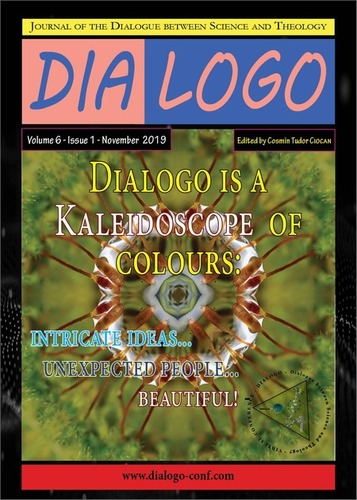Hurezi Painting
Hurezi Painting
Case Study
Author(s): Ovidiu FelipovSubject(s): Eastern Orthodoxy
Published by: Dialogo Publishing House SRL
Keywords: Hurezi; Romanian iconographic art; Brâncoveanu; monastery; mural painting;
Summary/Abstract: The iconographic program from Hurezi is one of the most important in the history of Romanian iconographic art. Although it is original, the painting from Hurezi is deeply anchored in the Orthodox tradition. Vegetable ornamental motifs are prominent in mural painting. Their rich repertoire, with different levels of styling, contributes to the delimitation of individual architectural segments, as well as to grand grandeur. What gives unity to decoration (pictorial or sculptural) is this abundance of motives, from various sources: inspirational Byzantine - Balkan, other Oriental - Islamic, and also Western-inspired. A particular note is borrowed from the realistic representation of the local flora, and its reproduction as concrete as in the Romanian folk art. The sustained effort of Brâncoveanu's founders, painters from Hurezi, together with the end-of-season mentality leads to the crystallization of a new stage in mural painting in Wallachia, in the center of the Hurezi Monastery where the Church is located. The Hurezi painting workshop and the sculptor masters, painters, and woodcutters here have quickly become known throughout the country and abroad because of the beauty of their works. Hurezi style is found in many of the church paintings in Romania, but also in the surrounding. They become speakers on behalf of the founders and the great figures of their times, embellishing expression through the talent received from above, from God-Creator.
Journal: Dialogo
- Issue Year: 6/2019
- Issue No: 1
- Page Range: 32-40
- Page Count: 9
- Language: English

